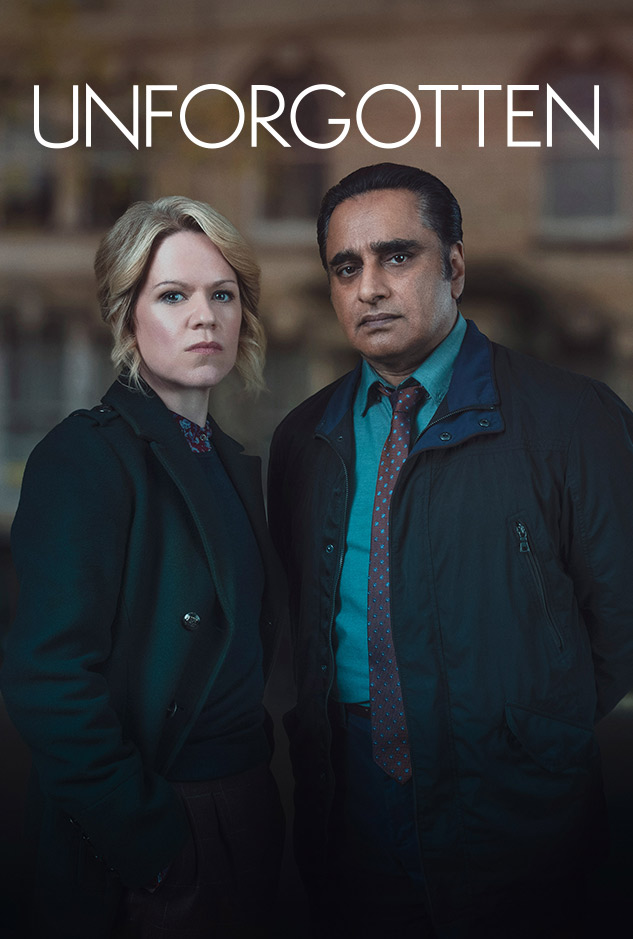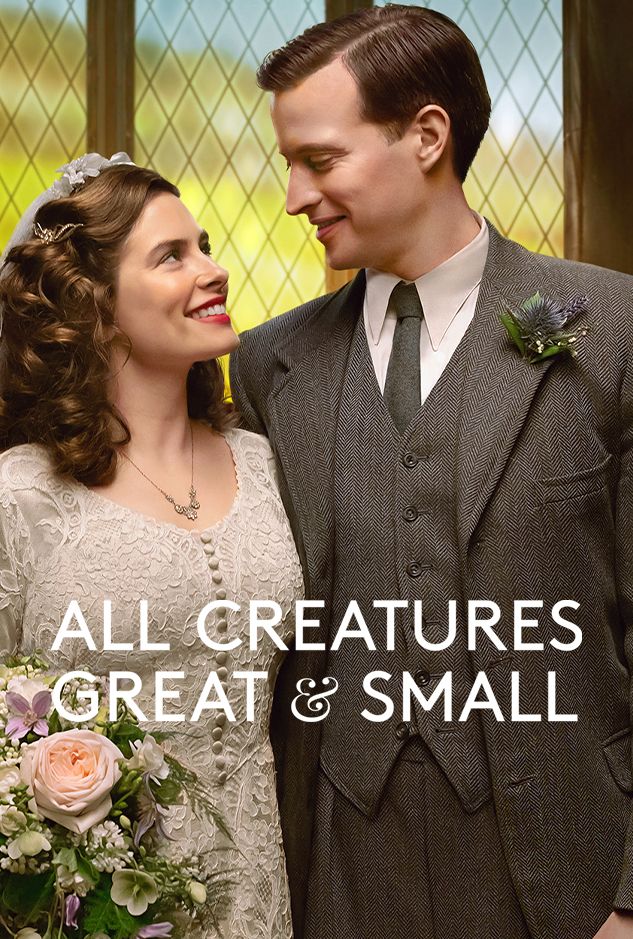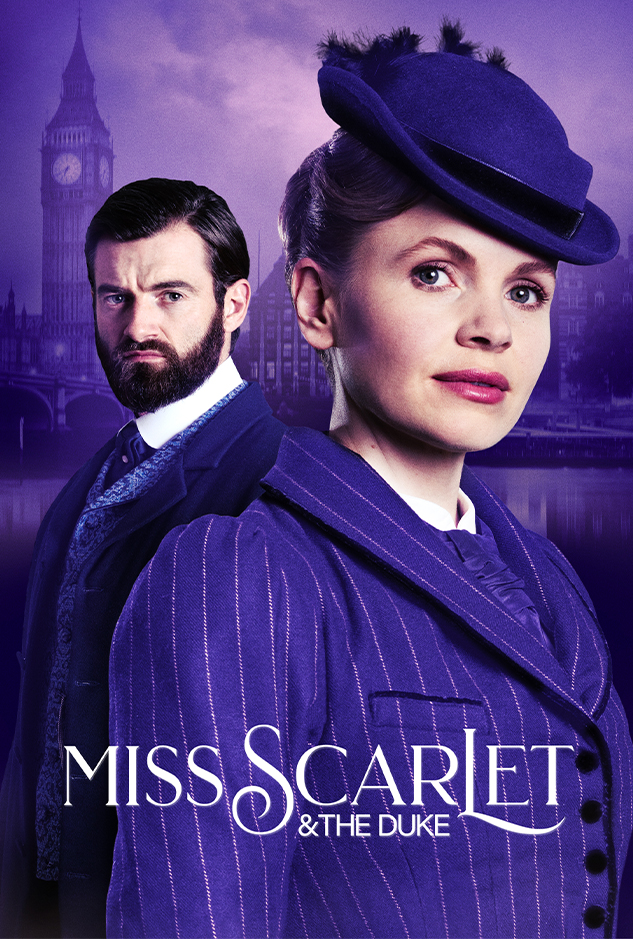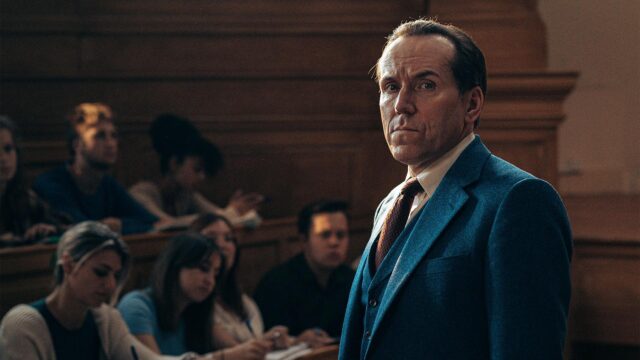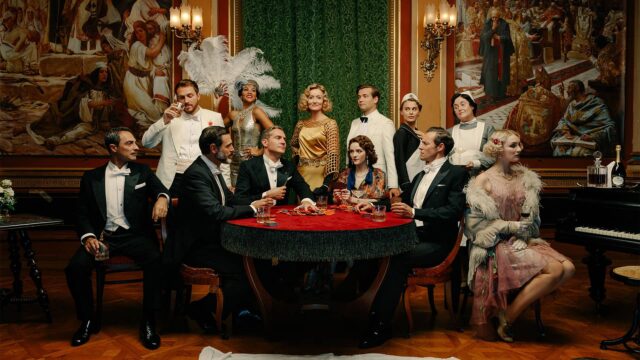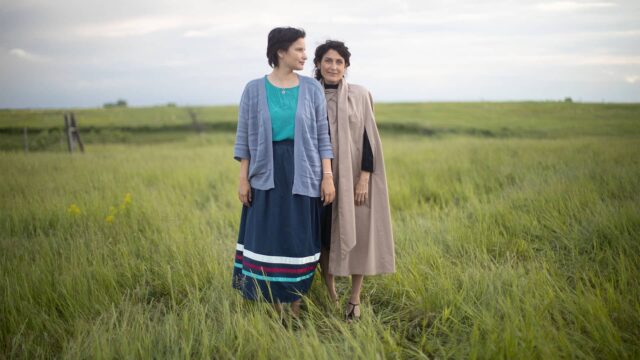Episode 3 Recap, Locations & History
Revisit the cruelties and kindness of Episode 3, in which Jean Valjean is both an action hero and a papa, Javert is just plain old mean, and Fantine leaves a legacy of hope. Plus, see some of the episode’s filming locations, learn some real history, and find out which of the musical’s songs fit Episode 3’s action!


Episode 3 Recap: Everything you need to know
1. Jean Valjean: I am Jean Valjean!
Jean Valjean’s conscience wins—he admits before an astonished court that he is Jean Valjean, then provides unmistakable proof that verifies his identity. Javert is restrained yet triumphant, and Valjean is cuffed, chained, and brought back to Montreuil to be detained…and humiliated.
2. Fantine: How is she, Monsieur Madeleine? Did they treat her well in Montfermeil? Is she still as pretty as ever?
When Jean Valjean sees the horrible Madame Victurnien, he understands what we suspected all along—she never fetched Cosette. Breaking free of his captors at the first opportunity, he rushes to Fantine’s bedside to find her on the brink of death. He’s helpless to respond when she asks to see Cosette, for he can’t bear to reveal the truth. Sister Simplice provides a cover story to soothe Fantine: the doctor won’t allow Cosette to see her because she’s sick.
3. Javert: He hasn’t been to fetch your little girl, he’s been confessing to his crimes in court.
When Fantine sees Javert, she’s filled with horror—he is, after all, the inspector who treated her so cruelly as she begged for his mercy. But he takes his cruelty irrevocably further when he reveals that Jean Valjean hasn’t retrieved her daughter, and that her only hope is annihilated: Monsieur le Maire is going to prison for life. It’s her final blow—Fantine dies, and Valjean tells Javert, “You killed that woman.”
4. Jean Valjean: Don’t be frightened, little one. I’m not here to hurt you.
In Toulon, Valjean’s hair is shorn and his body is shackled. But somehow, driven by his promise to Fantine, he manages once again to escape the prison hulks. Nearly three years after Fantine’s death, he finally finds Cosette at the Thenardiers. It’s Christmas eve, and he finds the poor abused girl and shows her the first kindness she’s experienced in years, even buying her a doll. (Let’s not speculate about where the doll got its beautiful glossy thick hair…)
5. Thenardier: Well, if we were to part with her, if we were to endure that heartbreak, and I’m not saying we are prepared to make that sacrifice—of course we would want some compensation…
When Valjean requests to take Cosette off the Thenardier’s hands, the greedy innkeeper pretends to agonize over the idea of losing her, but is simply, horrifically, negotiating her sale. A disgusted Valjean departs with Cosette after paying fifteen hundred francs.
6. Cosette: Are you my papa?
Jean Valjean: No, But I will be a papa to you, and look after you like a father. I promised your maman, before she died.
In a moment of profound tenderness, these two strangers cement what their relationship will be, as Valjean honors his promise to Fantine and makes a promise to Cosette. No sooner does he utter this vow to protect her than it’s tested, as Thenardier, regretful that he didn’t get more money for Cosette, goes after Valjean and, at gunpoint, demands twice the amount. Valjean easily disarms Thenardier, and he and Cosette go on their way.
7. Javert: I advise you to watch your step in future. And in particular, don’t try to sell any more little girls.
Javert thinks that Valjean is still imprisoned in Toulon, but when he learns of a Montfermeil innkeeper’s stepdaughter being kidnapped, his suspicions are piqued. He heads to Montefermeil and interviews Thenardier, confirming that an escaped Valjean was the one who took (actually, bought) her. Thenardier lies through his teeth but Javert sees right through him. And when Thenardier decides to stop paying his bills, it’s Javert who orders the repossession of their property—their business and their home—on the charge of non-payment of debts.
8. Madame Rully: I am the principal tenant. I have a perfect right.
Jean Valjean and Cosette have established a simple and happy life at their modest Paris flat. But Madame Rully, a nosy, bitter old woman pries into their privacy and their home, and when she notices an inconsistency in their story, and then sees a poster of Javert’s drawing of Valjean, she betrays them, and they’re forced to flee.
9. Jean Valjean: We’re in God’s hands now.
On the run through Paris’ narrow streets in the night, Jean Valjean can no longer guarantee Cosette’s safety. But he will do his best, and this time it’s good enough—trapped between the police and an alley’s dead end, he uses the rope from a lamppost pulley to scale an enormous wall, bringing Cosette over and landing them in, of all places, God’s hands: the garden of a convent.
10. Abbess: We answer to God here, sir, not to the Paris police. And now I request that you leave us.
Desperately begging the Abbess for help at the convent as Javert pounds on the door outside, Valjean discovers (coincidence alert!) Sister Simplice, who attests to his character. The Abbess relents, summarily (and most excellently!) dismissing Javert, then allowing Valjean and Cosette to stay, he as a gardener and she as a student.
11. Javert: He will never get away! Search everywhere! He will be found!
Searching Valjean’s abandoned apartment, Javert finds Cosette’s doll, left behind when they took flight. He crashes Cosette’s bed over in wild fury, then regains control as he steels himself with renewed, terrifying determination.
For Fans of the Musical
Here are the songs that match Episode 3’s action:
Who Am I? If I speak, they are condemned / If I stay silent, I am damned!
Fantine’s Death: Come to Me Come to me, Cosette, the light is fading
A Castle on a Cloud: I know a place where no one’s lost / I know a place where no one cries.
Look Down: Look down, look down / Upon your fellow man!
Real History: Qu’est-ce que c’est ?
Why does Jean Valjean place a coin in Cosette’s shoe?
In numerous European countries, on various dates (December 6 in celebration of St. Nicholas Day and Christmas Eve in anticipation of Père Noel and his other Santa-like incarnations), children would put their shoes by the fireplace, awakening the next morning to see them filled with a coin, candy, or toys.


Of Cosette’s worn and filthy shoe left out by the chimney, Victor Hugo writes, “Hope in a child who has never known anything but despair is a sweet and touching thing.” In the shoes of Éponine and Azelma, the Thenardiers have left each girl a ten-sou piece; in Cosette’s, nothing. Jean Valjean secretly remedies this by placing a louis d’or coin in Cosette’s shoe. Worth a whopping 20 francs, the louis d’or coin has a history tells much of the story of modern France. First introduced by King Louis XIII in 1640, the coin, which was modified to depict successive kings through its history, was replaced during the French Revolution with a “Louis d’or constitutionnel.” Under Napoleon, the coin was modified to depict the emperor, and was commonly referred to as a “napoleon.” But the coin changed yet again during the Bourbon Restoration. Under Louis XVIII, the louis d’or was minted once more.
Episode 3 Locations
Château d’Ecaussines-Lalaing


Thenardier’s inn, Montefermeil & Arras courtroom: Château d’Ecaussines-Lalaing
The exterior of the Thenardier’s Au Sergent de Waterloo Inn was shot at Château de Meez, a riding school about 50 miles outside of Brussels. However, the interior of the inn (and, with some redressing, the Arras courtroom where Jean Valjean reveals his true identity) was filmed at Château d’Ecaussines-Lalaing, a Belgian castle with both Gothic and rococo elements.











